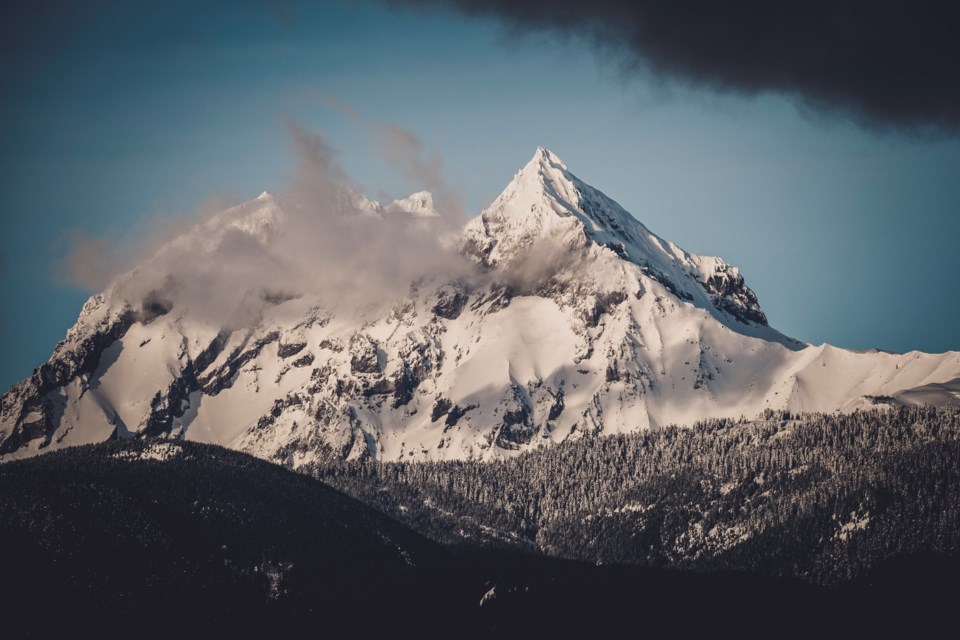has requested the provincial government officially change the name of Mount Garibaldi back to its original ������&������ܴ�;��̱������.
In a letter that is attached to , the province's Trent Thomas, a provincial toponymist with the BC Geographical Names Office, asks the District of ӣ����Ƶand council members for their feedback on the proposed name change.
“A vital part of the geographical naming process is to request comments from governments, communities and relevant organizations potentially affected by a feature’s name. Please note that if there are any official name changes, online name records will forever include the history of all previous official names,” reads the letter from Thomas.
in the letter states the name ������&������ܴ�;��̱������ (pronounced in-ch-KAY) has been used for thousands of years by the Nation and the mountain itself is considered sacred. The letter says the name means “Dirty Place” or “Grimy one,” both of which come from the “tendency for the Cheekye River to look muddy in colour, a result of volcanic debris in the area.”
The letter states that the name Mount Garibaldi originates from a ship captain of the Royal Navy commemorating the Italian General Giuseppe Garibaldi in the 1860s.
“It is unlikely that Garibaldi ever visited British Columbia,” the letter continues. “There are 10 other official names which commemorate him in the province, including the prominent provincial park.”
Information provided to the province this year by the Nation notes, “[Its] oral history talks of a time of a great flood when ������&������ܴ�;��̱������ played a central role in the survival of the ӣ����Ƶpeople. During the great flood, the waters rose to such an extent that only ������&������ܴ�;��̱������ and several other taller mountains remained above the water. The ӣ����Ƶpeople tethered their canoes to the top of ������&������ܴ�;��̱������ using rope made from cedar trees until the water receded.”
“������&������ܴ�;��̱������ is also important to the ӣ����Ƶpeople for ceremonial purposes, navigation, weather predicting, obsidian gathering, food and plant gathering, and animal hunting.”
The letter asks for the District to respond before Dec. 31, 2023.
For more information about the mountain name, please visit the BC Geographical Names page for and . View the letter from the province on or below.
Please note, we reached out to ӣ����ƵNation for comment and will update this story when we hear back.
on Scribd





